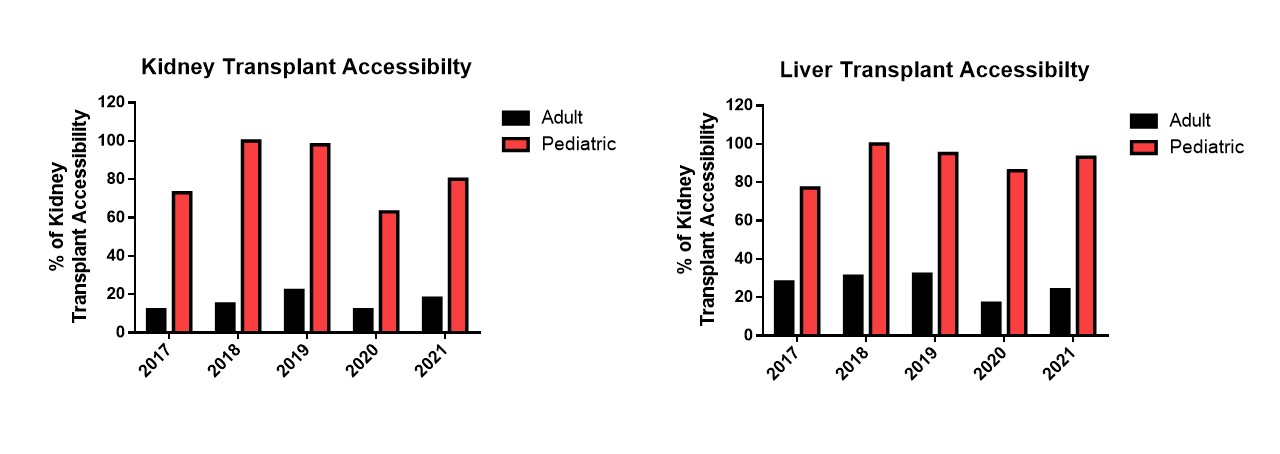Access to kidney and liver transplantation in the adult and pediatric population: interference of Argentine legislation
Carolina Genovese2, Adriana Carballa2, Héctor Iudicissa2, Liliana Bisigniano3, Daniela Hansen Krogh4, Carlos Soratti1.
1Dirección Médica, INCUCAI, Ciudad Autónoma de Buenos Aires, Argentina; 2Dirección de Asuntos Jurídicos, INCUCAI, Ciudad Autónoma de Buenos Aires, Argentina; 3Dirección Científico Técnica, INCUCAI, Ciudad Autónoma de Buenos Aires, Argentina; 4Dirección de Tecnologías y Sistemas de la Información, INCUCAI, Ciudad Autónoma de Buenos Aires, Argentina
Introduction: In Argentina, the activity of donation and transplantation of organs, tissues and cells is regulated as a whole and in particular, by Law No. 27,447 enacted on July 4, 2018, and its Regulatory Decree No. 16/2019. This legal body empowers the National Institute for the Coordination of Ablation and Implantation (INCUCAI) to set the regulations for the donation and transplantation process in Argentina. The objective of the work is to compare the access to kidney and liver transplantation in the adult and pediatric population, but addressing the issue from a legal approach, its legal framework, bioethical principles as a foundation and its link with supra-legal law. Likewise, we will analyze the relationship between the various internal laws that regulate the matter, taking into account its normative hierarchy and harmonic interpretation.
Method: The current regulatory framework for transplant activity in the pediatric population was examined, in accordance with the Resolutions issued by the INCUCAI. Furthermore, a retrospective analysis was performed on transplant accessibility for kidney and liver transplantation in pediatric and adult patients for the period 2017 – 2020. The percentage of transplant accessibility indicates a waitlist candidate's likelihood of receiving a transplant in Argentina. Data were obtained from the National Procurement and Transplantation Information System of the Argentine Republic (SINTRA).
Results: The percentage of accessibility to kidney transplantation in adult patients was 12, 15, 22, 12 and 18% while in pediatric patients it was 73, 100, 98, 63 and 80% in the years 2017, 2018, 2019, 2020 and 2021, respectively. The analysis on accessibility to liver transplantation was, for the same period, in adult patients 28, 31, 32, 17 and 24% while for pediatric patients it was 77, 100, 95, 86 and 93%, respectively. For this period there were no differences regarding the criteria established by the regulations for the pediatric population.

Conclusion: The study of the Argentine registry shows a higher percentage of the pediatric population that accesses kidney and liver transplantation than the adult population, understanding that this phenomenon responds to the purpose pursued by the national regulations of prioritizing pediatric patients on the waiting list.
